Way back, when the Millennium was crisp and young and digital still meant doing stuff with your fingers, when apples and blackberries hid under crumble toppings and wireless was what your granddad listened to, I started a little thing called The One Challenge. On that first event, in London, twelve Leica photographers turned out on the 12th of December. We each used one camera and one lens (or focal length, for the zoom boys). We had one hour in Central London to take 36 exposures and subsequently submit one shot for the approval of our peers. It still runs to this day, although I believe it’s a tad bigger now.
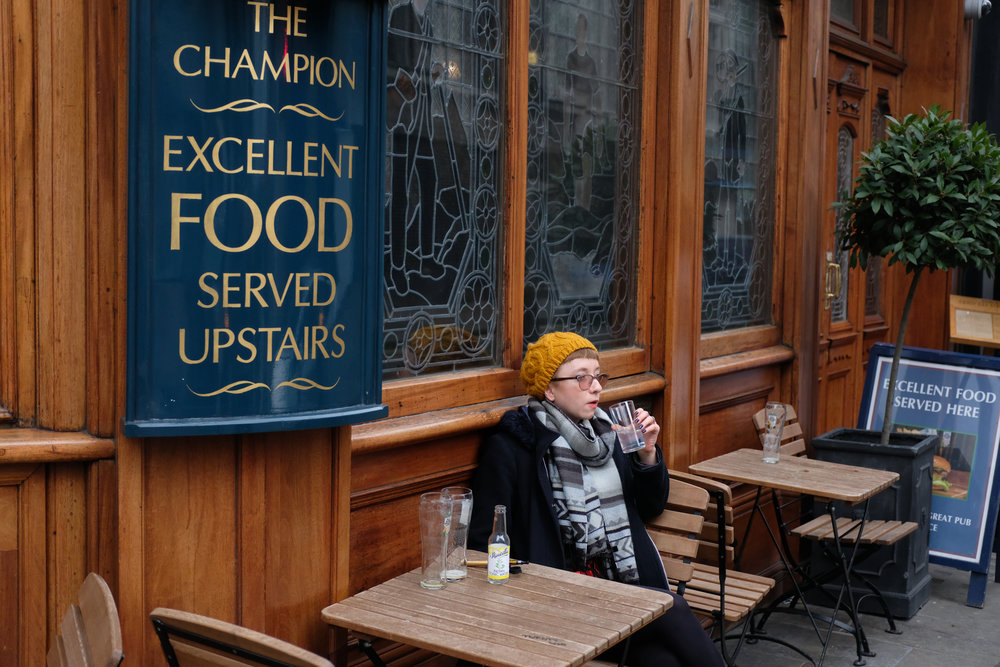
I had a strong sense of deja vu when I turned up last Friday afternoon at Cameraworld in Wells Street. I was there for a “Touch and Try” session with the new X100F, during which I and others could take one of the cameras for a turn around Westminster for an hour or so.
Bugs that bite
Regular readers will recall that my “user journey” with the X100 series has encompassed all the models, but that it took me up to the X100T before the bug truly bit and I started to really enjoy the ride. You may also recall that I took a bit of a leap in the dark by selling my X100T before Christmas in anticipation not only of the new camera arriving shortly but also of it being a significant step up from the X100T.
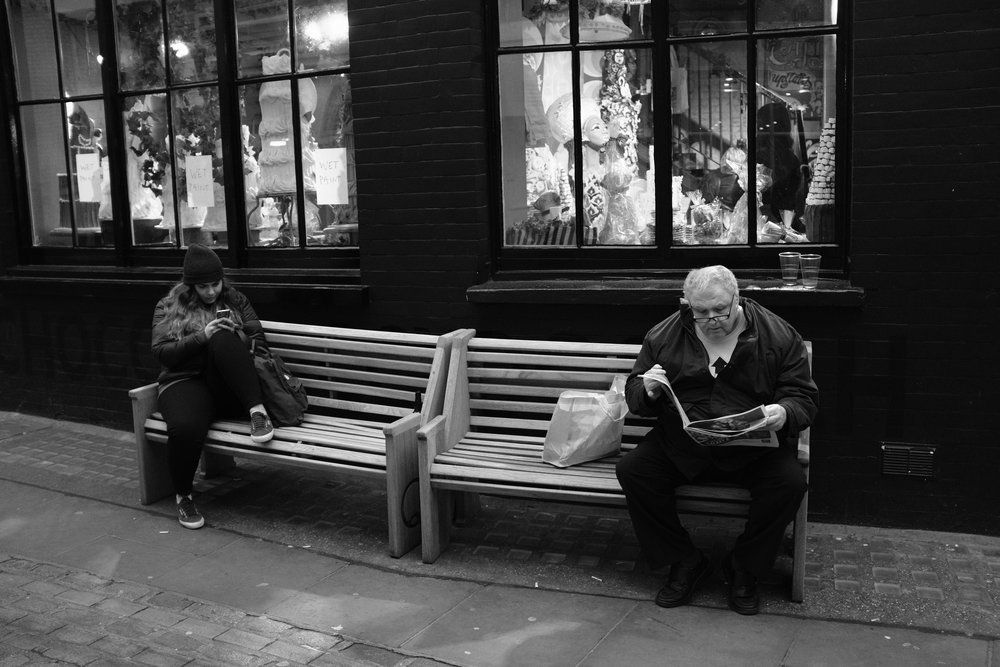
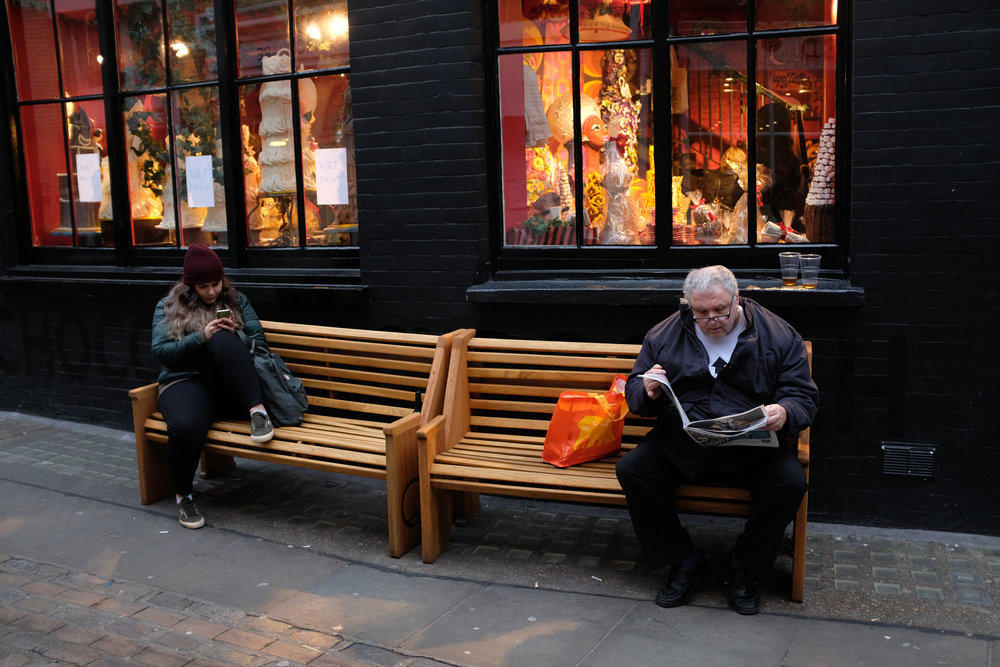
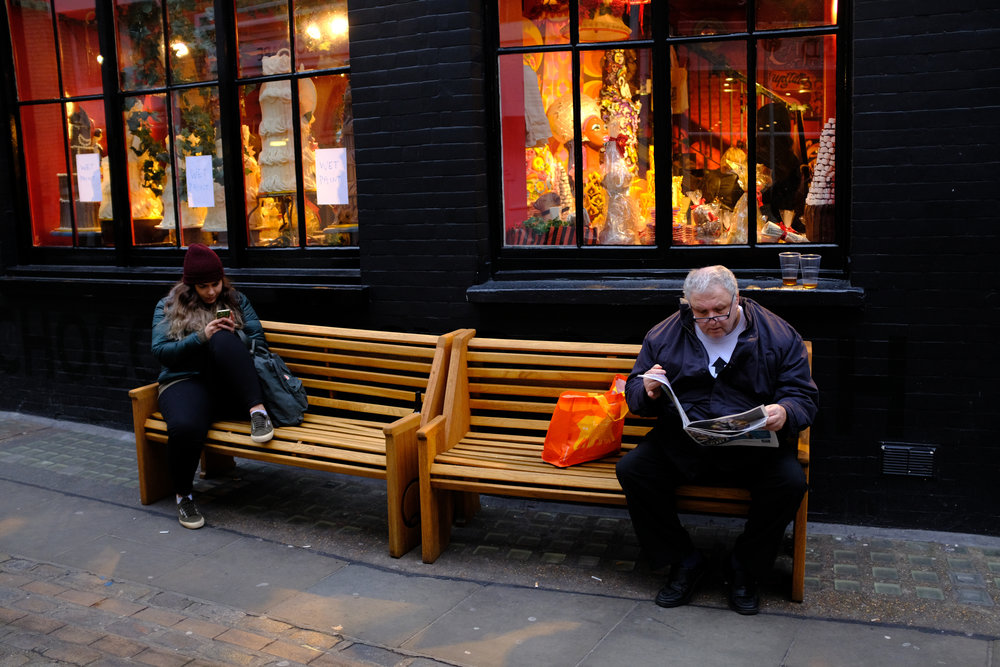
Let me pause there, for the benefit of the congenitally impatient or anyone born since 1990 — on the basis of Friday’s brief encounter I made the right decision. And how.
Back to the plot. A group of us met in Cameraworld’s subterranean storeroom. There, surrounded by boxes and cases and tripods of all shapes and sizes we congregated and were briefed by Fuji X Photographer Kevin Mullins and by Pete and James from Fuji UK. It was a bit Bond-like in a strange sort of way; we signed a waiver and were equipped with an X100F each. Had Kevin said in a weary voice “Try to bring it back in one piece this time, 007…” the mental image would have been complete.

As it was, he patiently ran through the features of the camera and in particular the key differences between the F and the T. As he spoke I mashed my thumbs through a quick and dirty menu set up (I still long for the app I wrote about back in 2016 to make all this easier…) and soon had the little X100F configured to my tastes.
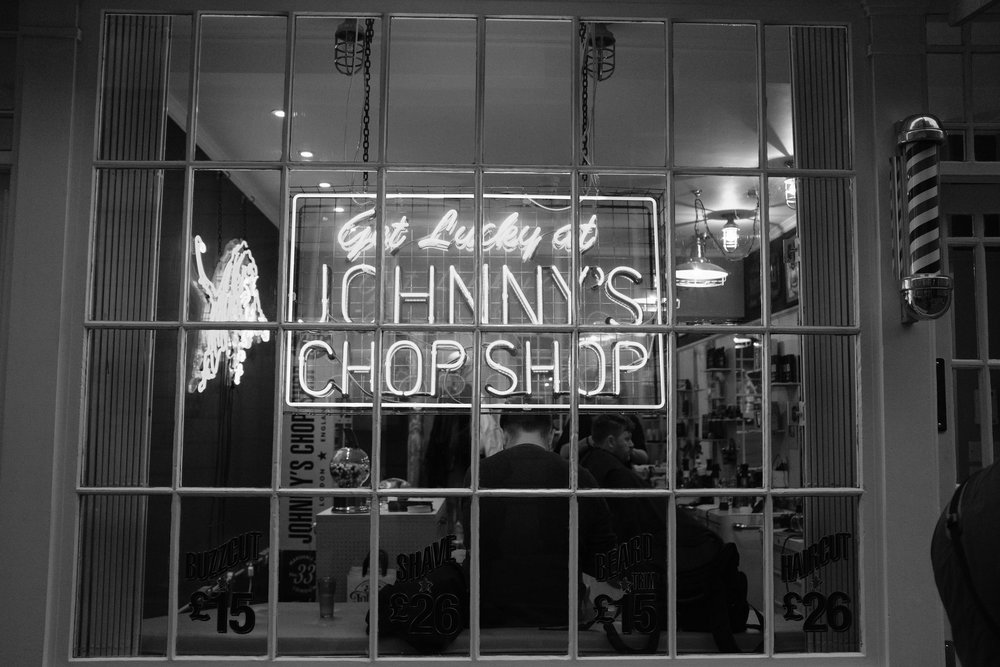
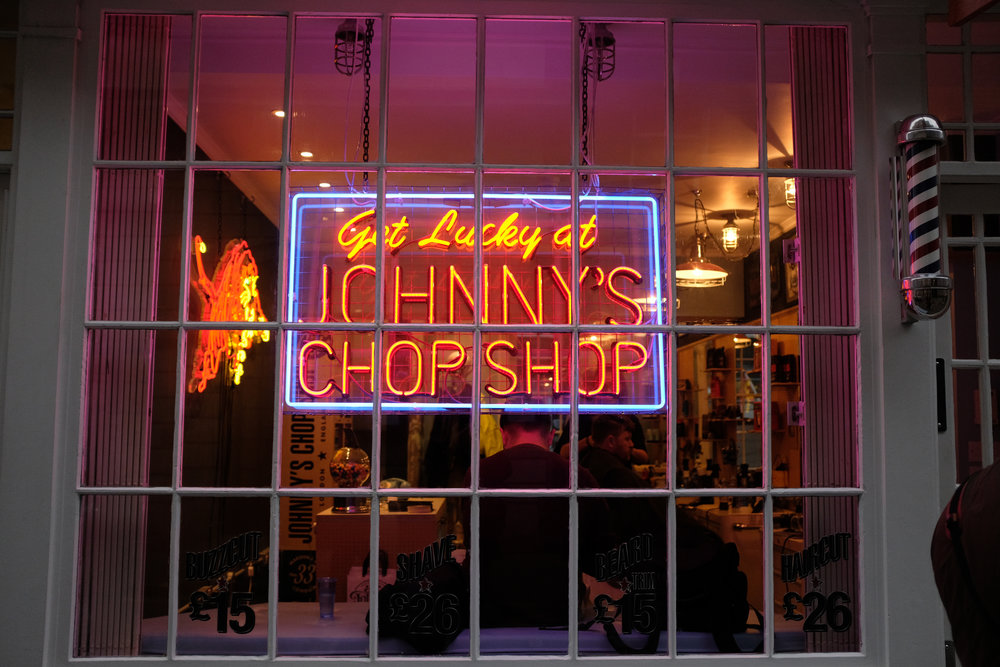

Lens converters
I had brought with me my TCL and WCL converters and asked if it was OK to use them. Of course, was the reply, along with the interesting insight that the new converter versions differ from the old only in having magnets built in, which mate up to similar contacts on the fixed lens and tell the camera what has been fitted. Ingenious. My old models lack the magnets but I did a little more menu-diving and assigned a function button to the tele/wide/normal setting just as I had on my old X100T. Optically they are identical so I can’t see myself upgrading anytime soon.
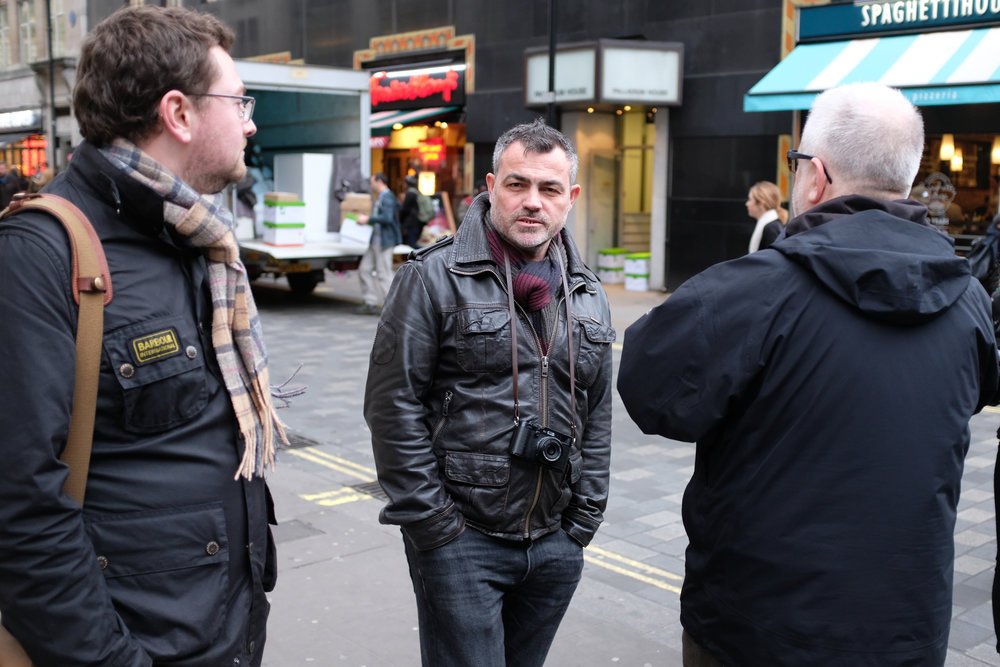
The other interesting point that came up was whilst you can’t shoot raw and use the digital teleconverter, you can use the TCL and the digital converter in tandem. Digital alone gives you 50 and 72mm settings and the TCL alone gives you 50, but together… Well you do the maths, as they say.
.jpg)
.jpg)
 100% crop.jpg)
.jpg)
Cognitive dissonance
At first, in the hand, the X100F is almost identical to the X100T. The weight gain is so small at to be unnoticeable and the extra girth in the handgrip necessitated by the welcome upgrade to the W126S battery is welcome. Then muscle memory kicks in and the revised rear control layout — now so similar to the X-Pro2 with a larger screen and combined ISO/shutter speed dial, also familiar from the X-Pro2 — provides a little frisson of cognitive dissonance. It’s like someone has subtly moved all your furniture at home by a few inches; for a short while you bump into things without really realising why.
Which brings me to the Q button…. If I inadvertently pressed it once I must have done a dozen times, within the hour. A thumbrest and a grip or case will help, but it is irritating. I’d like so see it lockable, or even turned into a function button that could be disabled. While I’m on the subject of function buttons, the control ring around the lens is currently the only way to change the focal length of the digital teleconverter. Please, Mr. Fuji, give us a bit more flexibility in this regard, in a subsequent firmware upgrade…
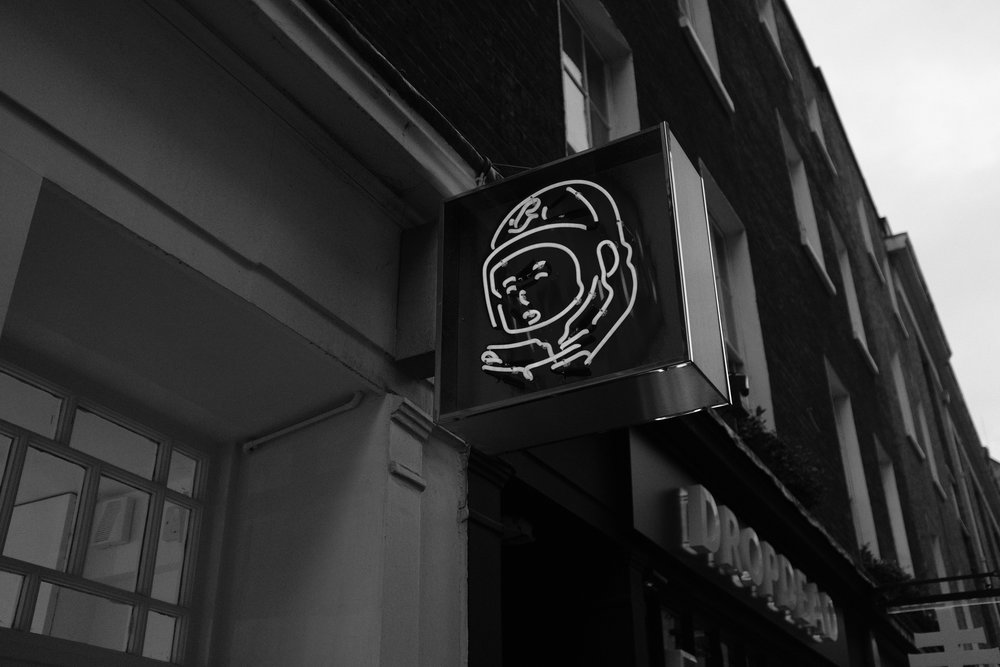
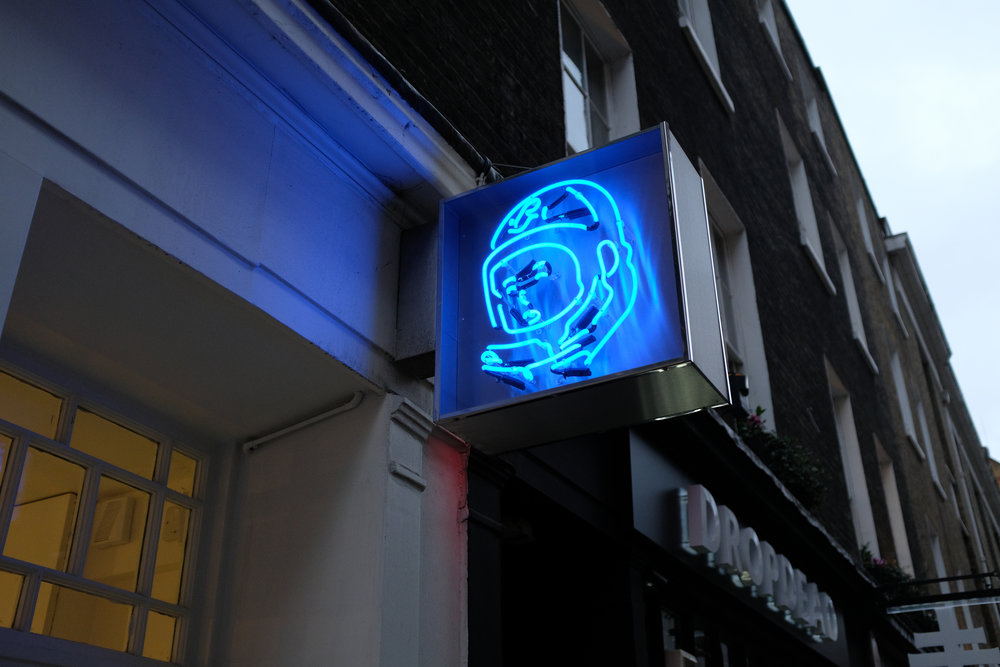
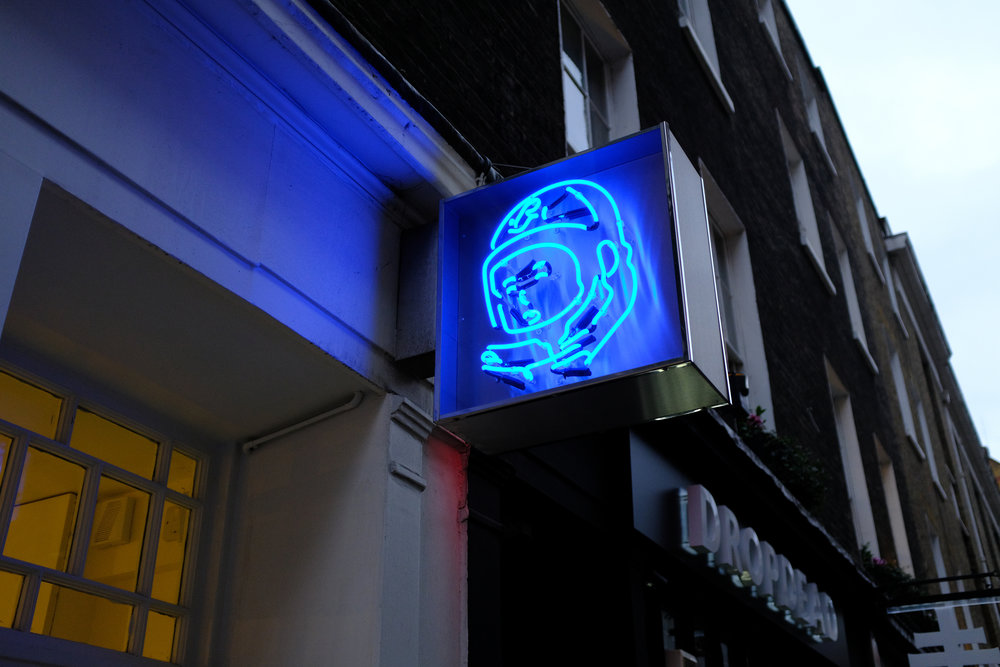
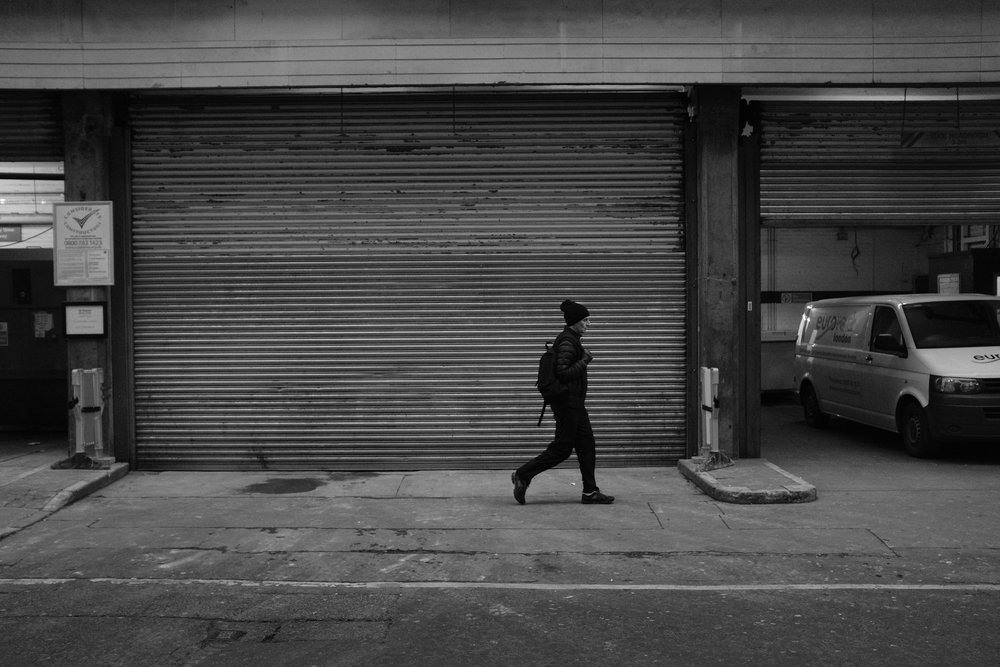
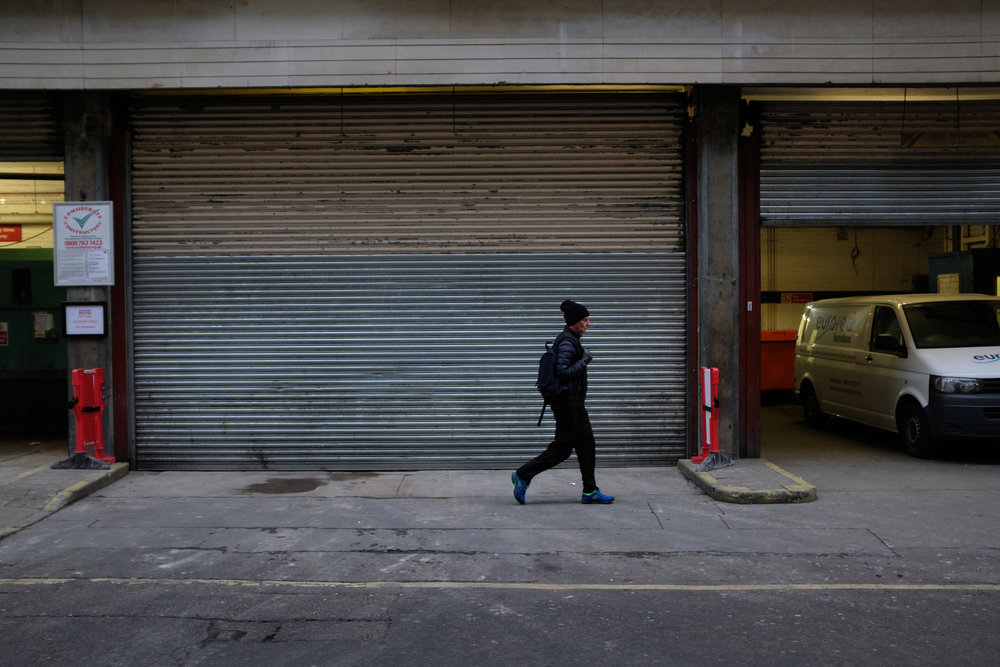
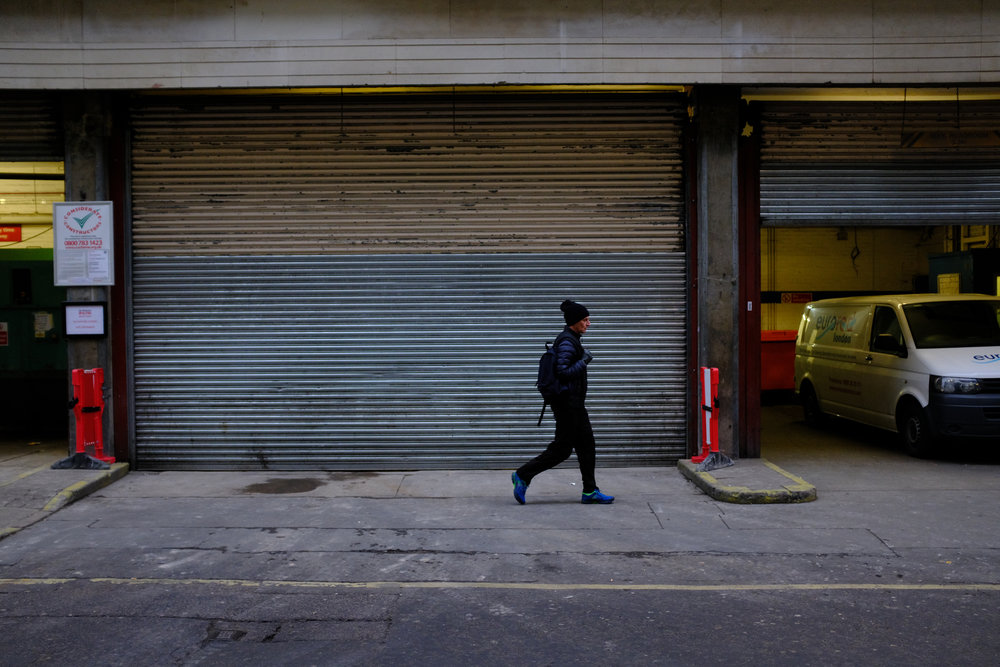
Damn, it’s good
Enough moaning — let’s hit the mean streets of swinging London. Ah, there’s nothing like a flat, grey city landscape under a glowering sky on a Winter’s mid afternoon to give a camera a good workout. I decided to start off with my TCL attached, shooting raw+jpg — my normal setup. Damn it’s good. The AF is noticeably more nippy and sure-footed. Looking back at the shots I took I missed focus only twice — quite an achievement at f/2.8 for the most part, with single-point AF (and spot metering).
In the hand, the X100F inspires user confidence in the way that the X-Pro2 does, but the X100T never quite managed. It has that feeling of well-screwed-together bomb-proof solidity that a top-end item exudes, like an Omega Seamaster, a Mont Blanc or a Range Rover. I can give it no finer accolade than to say the last time I used a camera that felt this good in the hand and this silky smooth in operation it was my Leica M2. Don’t get me wrong — I don’t want to mislead with an impression of bulk or weight; the X100F has presence without pretence and disappears from view in use — for both the subject and the photographer. I have long said that a good camera enhances the photographer’s vision and does not impede or get in the way. The X100F manages this feat in spades.
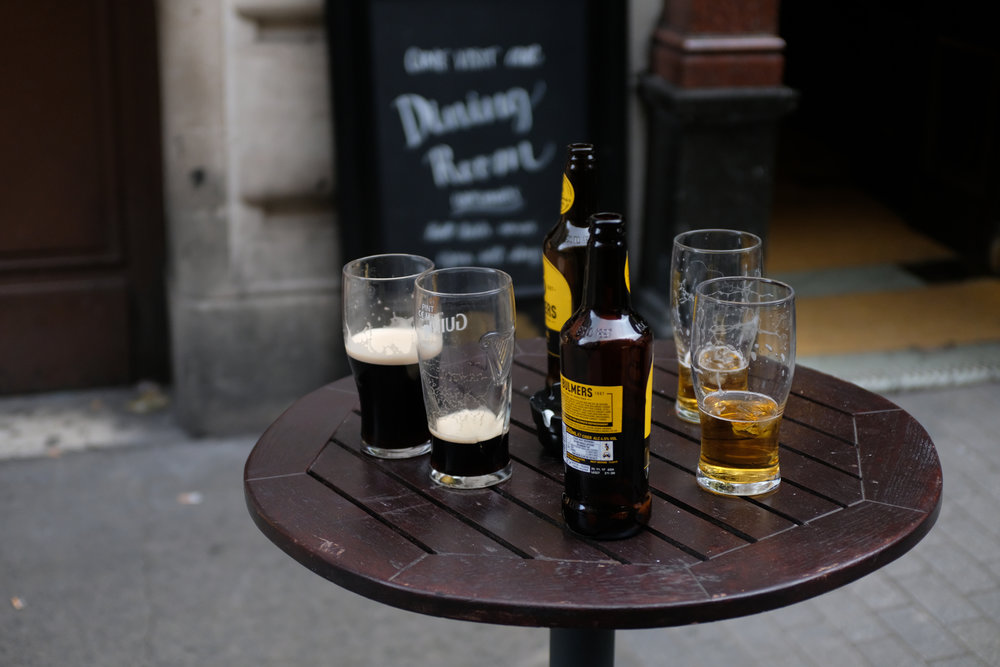
Discreet
Like all good street cameras the X100F is discreet and unobtrusive. Mine became even more so when I ditched the TCL, went jpg-only and gave the digital zoom a try. I’m used to the feature from my Ricoh GR but the implementation here is slightly different. The GR allows raw shooting in crop mode but at the expense of capturing a smaller raw file too. On a 16mp sensor this is quite a penalty. The Fuji does it slightly differently; no raw, it’s true, but the jpg file is interpolated back up to full size in camera. It’s usable, undoubtedly, but I need a little more time and a bit more use to evaluate the pros and cons in more detail.
One thing I did try, at Pete’s suggestion, was film simulation bracketing. This was a bit of an eye-opener and also needs further exploration. In essence the camera captures the image just once and produces three simulation versions of your choice in camera. I set mine to STD, Velvia and Acros(R) and shot away, with the results you see here. I know it’s not a new, or unique feature, but one of the primary reasons I shoot raw at all is to still have the choice of colour when shooting in monochrome. This could save me an awful lot of time and effort… It cannot be used with raw, nor can it be used in continuous drive mode (because it is already itself a drive mode) but I can see some real advantages, made possible by the fact that the Fuji jpgs, particularly from the 24mp sensor, really are little slices of SOOC-goodness already.
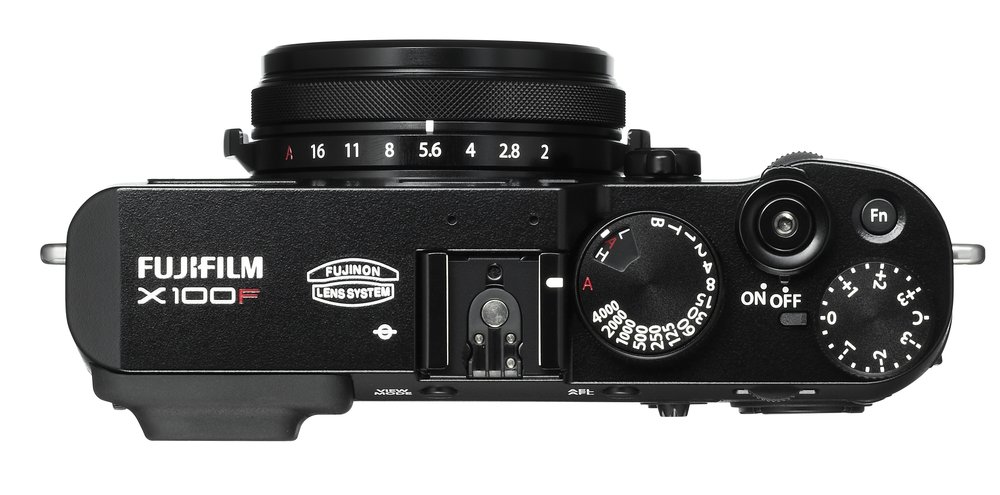
Emboldened
The hour zipped by on tungsten ball bearings and before long we were back in our subterranean lair, reluctantly handing back our new BFFs. Fuji had kindly provided a 16GB SD card which was ours to take away and these are the illustrative shots you see here. I freely admit I am a tad street-rusty, but with a camera such as the X100F it matters not. Like a good partner holding down the other end of the crease, it emboldens and enhances by its very presence.
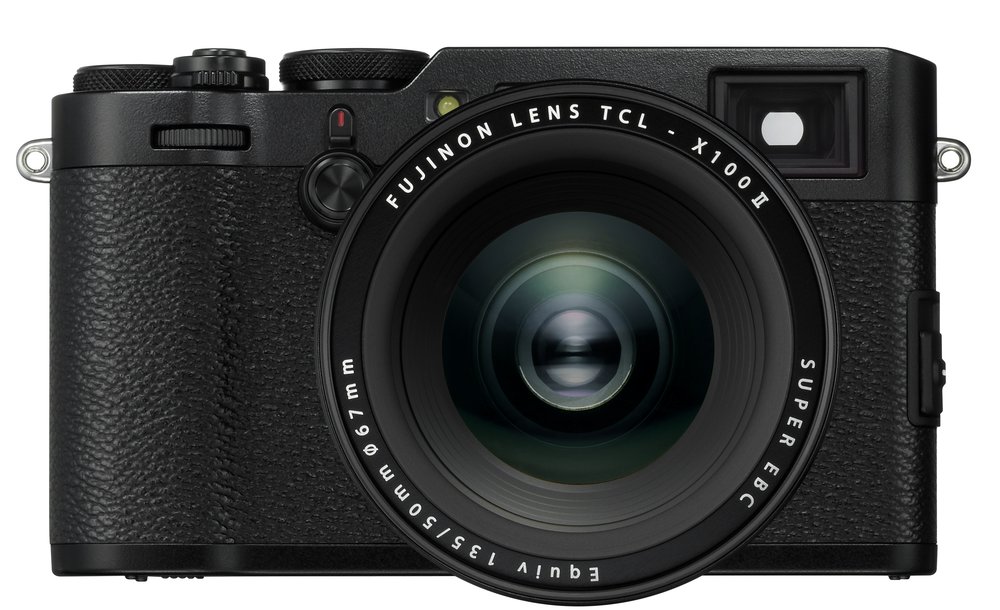
That’s it for now; this really is a very quick and dirty look at the new X100F. I will review in more detail when I get my hands on my own copy, on the 16th of this month. However, they say that first impressions are lasting impressions and it would be fair to say that, even with the minor control niggles I mentioned, the X100F leaves a dirty great impact crater. It is streets (pun intended) ahead of the X100T. It is miles ahead of the X100S and light years beyond the original X100 in every department that matters.
This is a camera that is to a street photographer like a katana to a samurai, and will be catnip to the babes (ok, I made that last bit up, but, y’know, it could happen…) Bear in mind that in bringing the X100F to market Fuji have steadfastly ignored the slightly hysterical calls for touch and tilt screens, and assorted other bells and whistles and in so doing they have created not just a thing of beauty but a hard-nosed professional-grade imaging tool. I don’t regret for an instant selling my X100T in favour of the new X100F and neither should you. My thanks go to Kevin, Pete and James for the opportunity to touch and try – I’m sold.
I shall leave you for now with this parting thought: If Carlsberg made cameras……
__________
- You can find more from Bill Palmer at Lightmancer and at Instagram
- Subscribe to Macfilos for free updates on articles as they are published. Read more here
- Want to make a comment on this article but having problems? Please read this

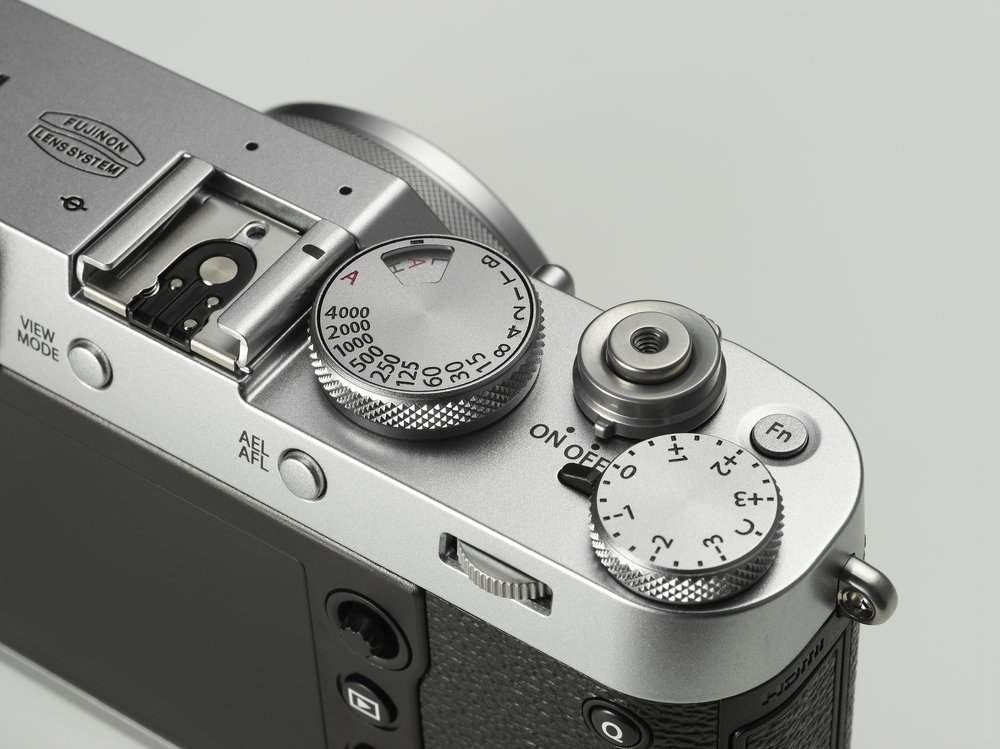
I just sold my Leica X-E (X2) and ordered an X100F. This should be a great option for when I want to leave the real camera (Leica M10) at home.
Hi Bill. I found your site looking for info about using the TCL with the digital teleconverter. Thanks.
The review also helped me to understand why some shooters used jpegs instead of RAW. To this point I’ve been learning from (mostly) studio, landscape, nature .. photographers who insist on it. But here, at least for this review, I see guys who just want to make quality pictures and enjoy them. Good stuff.
hi. i think you’ve got your numbers wrong with the tcl-x100 (vers.2).
i had the opportunity to use the x100f these last three days in las vegas and paired the camera up with my tcl-x100 (vers. 1) and tcl-x100 (vers. 1)
i found the digital zooms to be 75mm and 100mm. unfortunately all images exif data shot with the tcl-x100 mounted only show as 33mm focal length.
the digital zooms with the wcl-x100 were 41mm and 58mm
save for the magnet on the tcl-x100 (vers. 2) that makes the camera recognise the converter, the new and the old appear to be the same size and shape.
Hi Adam, thanks for weighing in on this. I’ve been thinking about it since I first wrote the piece. I admit I didn’t calculate it out exactly which is why I used the tilde symbol when I put 110mm.
In fact I think it might be slightly more; here’s my logic.
The X100F lens is 23mm (34.5mm equivalent, or 35mm as near as dammit for our purposes). The digital teleconverter has two settings; Setting 1 equates to 50mm equiv. and Setting 2 to 75mm.
Now let’s fit the TCL-X100.
Our start point becomes 50mm equiv. bring the digital teleconverter into the picture and the first setting becomes 75mm equiv. and the second setting (if my logic holds) actually becomes 112.5mm…
How? I am multiplying by 1.5 every time (or dividing by 2 and multiplying by 3 if you prefer). Thus the sequence runs 35, 50, 75, 112.5.
Am I right? As you rightly say the EXIF doesn’t help. What I’ll do when I get my hands on my own X100F next week is test it against my X-Pro2 and try to work out what equates to what with the help of a zoom lens.
Ultimately, to be honest, I don’t really care whether it is 99.5, 110, 112.5 or anything else. What it is, in a tiny set including the WCL, is a 28mm-ish to ~112.5mm equivalent setup that is absolutely crying out to be used for travel photography. Mine will go with me to Naples in a bit. I’m minded to leave everything else at home and give it a real trial… Watch this space.
Hi Mike! I still own and, occassionally use, the Panasonic GF1. The GF1did not have a viewfinder but you could use an optional tilting electronic viewfinder, the LVF1. It was great to use as a waist level viewfinder, especially with the 20mm lens. A great combo.
Enjoyed reading your review too, Bill.
Stefan
Stefan
Thanks Bill. I was blissfully unaware about the existence of Film Look Bracketing on my X-Pro 2. To be honest, I usually give anything with the word bracketing in it a miss.I only occasionally take a second shot with a different exposure, as I have usually adjusted before I take an exposure and it is the ease of doing that which is the outstanding feature of Fujifilm cameras for me.
I really like the Acros with Red Filter setting, which gives great black and white results out of the camera, although I can usually improve on that by post processing (adjusting red filter, contrast and toning) in Silver Efex.
The Q button is well out of the way on the X-Pro 2, being on the moulded grip piece, which does not seem to exist on the X100F. I never use any ‘ thumbs up’ as sticking my thumb up in the air like that is not natural to me, but I did get the Fujifilm hand grip for the X-Pro 2 for the 50-140mm zoo and, to my surprise, I find that that I have left it on, as it aids my (now arthritic) grip. The only feature that I was activating by accident was the joy stick, which I do not use as I am a ‘focus and recompose’ photographer. I have, therefore, locked up that feature. As far as I am concerned, joysticks are for pilots or games playing youths.
The X100F looks like a nice camera and I will take a look at it in my local dealer, but I suspect it might be too large for a compact second camera (mine is currently the Lumix LX100) to accompany a Leica or the X-Pro 2.
William
Hi William,
I’m going to do a bit more of a close look at film bracketing. It has been a feature on Fuji X cameras in the past – I have it on my X-Pro2 – but I have always fought shy of it because it is jpg-only by definition. Thing is my primary use of raw is to produce colour versions of things I have shot in mono (which is my default), using the built-in raw converter so the bracketing option may well be worthwhile. I agree with you about Acros R; I use Topaz labs in post for mono work otherwise but the SOOC with Acros R is a big draw.
As to the Q button, you are right – the X-Pro2 implementation makes sense – the X100F is a bit of an issue. I am kicking myself because I meant to take my Lensmate thumbgrip with me last Friday; when I get my own next week I’ll use it with that and with the case, so I’m hoping that will help. I also focus and recompose but I love the joystick for review and in camera raw conversion, both of which it has really speeded up.
Hi Mike,thanks for the review. I had a chance too play at Calumet. I’m impressed with autofocus and the body. It does disappear as you use it. The joystick to move focus works very well too so not complaining about lack of touch screen anymore. However the Fuji files still look flat to me. That’s the only thing I’m thinking.
Hi Mahesh, the autofocus is definitely improved. I don’t use the joystick for focus – 30 years of focus and recompose means that I am quicker at doing that than any joystick! The X100 series should never have a touch screen, in my opinion; it does not gel with the ethos of the camera. I’m wondering why you find that the files look flat? Are you referring to raw files and if so how are you developing them?
Hi Bill, i only processed ooc jpegs in LR, changed bit of contrast, and colours. Maybe I should play with the raw files. But then advantage of using Fuji colours disappears a bit. Is there anything specific you would recommend? I’m no expert so might be talking rubbish here! Also one point, most of the review websites (not here) have pictures posted with heavy shadows and punchy colours, but then they lose half the picture i feel. I wonder why they do that. This is very common on most official Fuji endorsed photographer websites.
Hi Mahesh, I think in using LR on jpg you are falling between two stools… To get the benefit of the "Fuji Colours" you should be using the jpgs SOOC. Make use of the film similations, particularly Provia, Velvia and Chrome. DON’T then tweak colours in LR, or what you are getting is LR colours. Play around with the in-camera settings, particularly shadow and highlight, saturation, sharpness and NR until you find something that works for you. Ultimately colour rendition is a matter of personal taste; Fuji offers a whole set of different start points with the film simulations but in the end the choice of what constitutes a pleasing end result is down to you. The other thing you might like to try is in-camera raw processing. It works very well. Once you introduce LR you have added another link in the optical chain, so I’d start by keeping it simple until you get to what you like.
Pardon me for chipping in on this because I don’t know that much about Fuji. But isn’t the Fuji colour signature largely down to the X-Trans sensor and not specifically a result of the in-camera processing to jpeg? If so, the RAW should contain the Fuji signature and it should provide a starting point for Lightroom jpeg production. Or am I missing something? As someone who invariably shoots RAW and doesn’t much bother with OOC images, I would have thought that processing from RAW on Fuji would allow greater depths of adjustment, particularly in dynamic range, whereas the recovery possibilities in a jpeg file are relatively limited. Just my thought on the subject.
Hi both,
Mike, you are right to a point. The X-Trans sensor has a major influence on the Fuji signature look but more in terms of the handling of "grain" and detail than colour. I think it comes down to what you mean when using the term, and what you expect from the camera. The Fuji SOOC jpgs are rightly renowned for "getting it right" and my point to Mahesh was to get them to his taste rather than try to recreate in post. Let’s take Acros as an example. TTBOMK there is no 3rd party post processing that exactly matches what Fuji does in-camera. Ditto Chrome – you can get close, but it is not quite the same. I have the same thing with the HiBW mode on my Ricoh GR – I can get near it in post, but never quite the same…
Hope this clarifies!
Thanks Bill. I might have to try it again! I have been sitting on the fence as I also have a lovely Sony Rx1R, though 1) it is not always as compact as Fuji can be (is) 2) it hunts for focus in low light sometimes and 3) it does not disappear as X100f did when I tried out recently on a photo walk. Rx1R files are creamy though and I haven’t come across anything like that.
Thanks for the review, I currently have the original X100 and whilst I want to love it, it often disappoints especially on autofocus. I will visit my local stockist and take the T for a spin to see if it has improved enough for me to part with some cash.
Hi Richard,
I’ve had every iteration of the X100; I disliked the 100, struggled with the 100S and only really got things together with the X100T. The X100F is a quantum leap from the X100 and a real precision tool. Do give it a try – I think you will be very pleasantly surprised.
Thank you for this user review – particularly as I once had a X100s but simply could not bond with it and ended up selling it. It actually has the kind of analogue main controls I like, but the X100S struck me as heavy and bulky for what it was, though I really liked being able to change focal lengthds without exposing the sensor. I must obviously go and handle one, but it will be in competition with a Leica X-Vario with a tiltable EVF. (The more creaky one’s joints the more one appreciates things tiltable for easier low-angle work….) I am sure others will have much more interesting comments, and I look forward to reading them, too.
John, I have exactly the same view on the X100x cameras. I had the S, then the T and sold both after failing to bond with them. So I won’t be trying the F. Bill is enthralled and, perhaps if I were I Fuji fan, it would also be on my list. I know what you mean about tilting viewfinders. While I’m not a fan of hotshoe-mounted finders, the ability to tilt upwards is a real benefit when you are not as flexible as you once were. The only camera I know that combines a built-in viewfinder with a tilting option is the Panasonic GX8. I have one and I use the tilt feature frequently. It’s a surprise no one else has followed suit.
Hi John,
The thing about the X100T and now the F is that they both have the hybrid viewfinder; it is what sold the X100T to me in the first place, having not liked the original X100 or the X100S. The F, with the larger sensor and the apparently usable digital teleconverter is a very serious proposition indeed, now, particularly for my main use which is travel. Even after 20+ years of Leica use, the X-Vario leaves me cold because of the lack of a built-in viewfinder and, to quote your own words, for being as "…heavy and bulky for what it was…" !